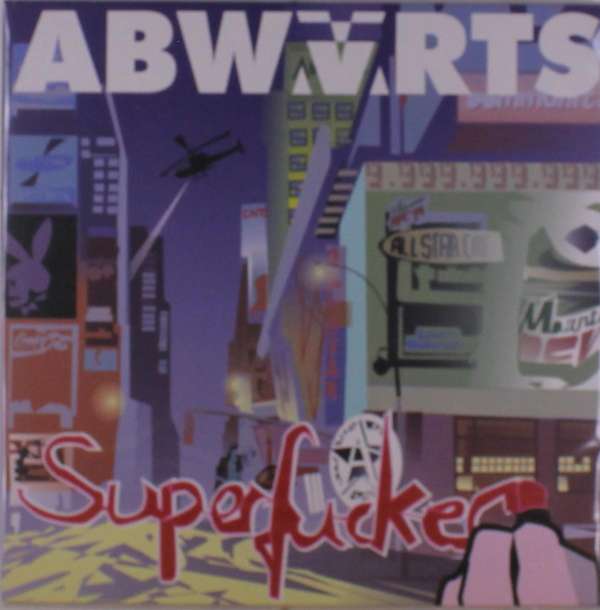
### Analyzing Misinformation in Public Discourse: Insights from Food Babe, The Daily Show, and Scientific Understanding
The internet has ushered in a new era of unprecedented access to information throughout human existence. Any inquisitive individual with online access can explore the complex workings of global politics, scientific advancements, or popular trends, emerging either better informed or more bewildered than before. This democratization of knowledge is unique, yet it brings with it certain challenges: credible information often coexists with misleading content. When it involves the subtleties of science, health, and food safety, differentiating between reliable information and misinformation can prove challenging, particularly when public figures and influencers unintentionally (or deliberately) mislead audiences with partial truths, simplifications, or pseudoscientific assertions.
Two closely related examples that underscore the dangers of misinformation in this context are Jon Stewart’s commentary on azodicarbonamide in Subway bread and the growing impact of online personalities such as “The Food Babe” (Vani Hari). While Jon Stewart primarily focuses on political satire, occasionally touching on scientific matters when they align with larger cultural discussions, Hari rose to fame through her blog that scrutinizes the “hidden threats” present in everyday foods. Despite their different platforms, both have at times contributed to the spread of scientific misinformation, inadvertently leading their audiences toward misguided beliefs regarding food safety issues.
### The Risks of Oversimplifying Science in Popular Culture
To begin, let’s analyze Jon Stewart’s remarks on azodicarbonamide. The topic sparked significant online discussion after Stewart expressed his distaste that this “chemical found in yoga mats” was used in Subway sandwiches as a dough enhancer. The underlying assumption was that any substance capable of reinforcing a yoga mat must be unsafe for human consumption. This exemplifies a situation where Stewart’s comedic approach—specifically, his knack for humor—overshadowed the need for context or nuance regarding a scientific topic.
Azodicarbonamide does have applications outside of food, such as in yoga mat manufacturing, but its use in food is justified (at least within regulated parameters) by agencies like the FDA and various international food safety authorities. This represents the core of the confusion that Stewart propagates: just because a chemical is present in “scary” industrial scenarios doesn’t inherently indicate it poses a risk in tiny amounts within food products. By that same reasoning, gypsum (used in producing drywall) should also incite alarm, although it’s commonly recognized as a safe food additive. Sodium chloride (table salt) can be processed into chlorine gas, yet it’s safely utilized in our kitchens daily. Context matters greatly, both in chemistry and the realm of public dialogue.
Nevertheless, Stewart’s remarks weren’t completely off base. Azodicarbonamide is not a vital ingredient in bread, and one could reasonably argue that eliminating non-essential substances is a wise decision for food producers. Subway’s choice to omit azodicarbonamide from its bread was influenced by public pressure, notably from a petition led by Vani Hari, also known as “The Food Babe.” However, the rationale for this ban was more about public sentiment than definitive scientific proof, leading us to our next significant player: Food Babe.
### The Difficulty in Differentiating Reliable Science from Pseudoscience
Vani Hari, via her Food Babe blog, has amassed a substantial following by posing challenging questions about the ingredients in our food. While her goal of advocating for food safety and transparency is commendable, her approach to presenting scientific data leaves much to be desired. Her assertions frequently reside in a gray area where fact meets fabrication, sacrificing nuanced information for sensational, fear-inducing rhetoric. Her opposition to azodicarbonamide reflects a broader issue: a reluctance (or inability) to provide a well-rounded and scientifically accurate perspective.
At times, Hari’s remarks touch on scientifically valid concerns, such as her criticism of epichlorohydrin used in producing certain tea bags. Materials like nylon and various resins in the creation of tea bags could, in fact, expose consumers to trace amounts of chemicals, particularly 3-MCPD (a substance associated with potential carcinogenic properties). This concern is legitimate and merits investigation. However, her treatment of the subject lacks thoroughness and accuracy. Rather than exploring the detailed science behind how epoxides and specific polymer chemistry could impact food safety, she brands all tea bags containing epichlorohydrin as repugnant and toxic without providing any meaningful scientific justification or useful context.
Additionally, she applies the same oversimplified binary thinking to other substances she classifies as hazardous, from propylene glycol (incorrectly equated with ethylene glycol) to potassium sorbate. In her perspective, “artificial” invariably equals harmful, a stance that consistently undermines tried-and-true and broadly accepted food science. For example, potassium sorbate is an unsaturated fatty